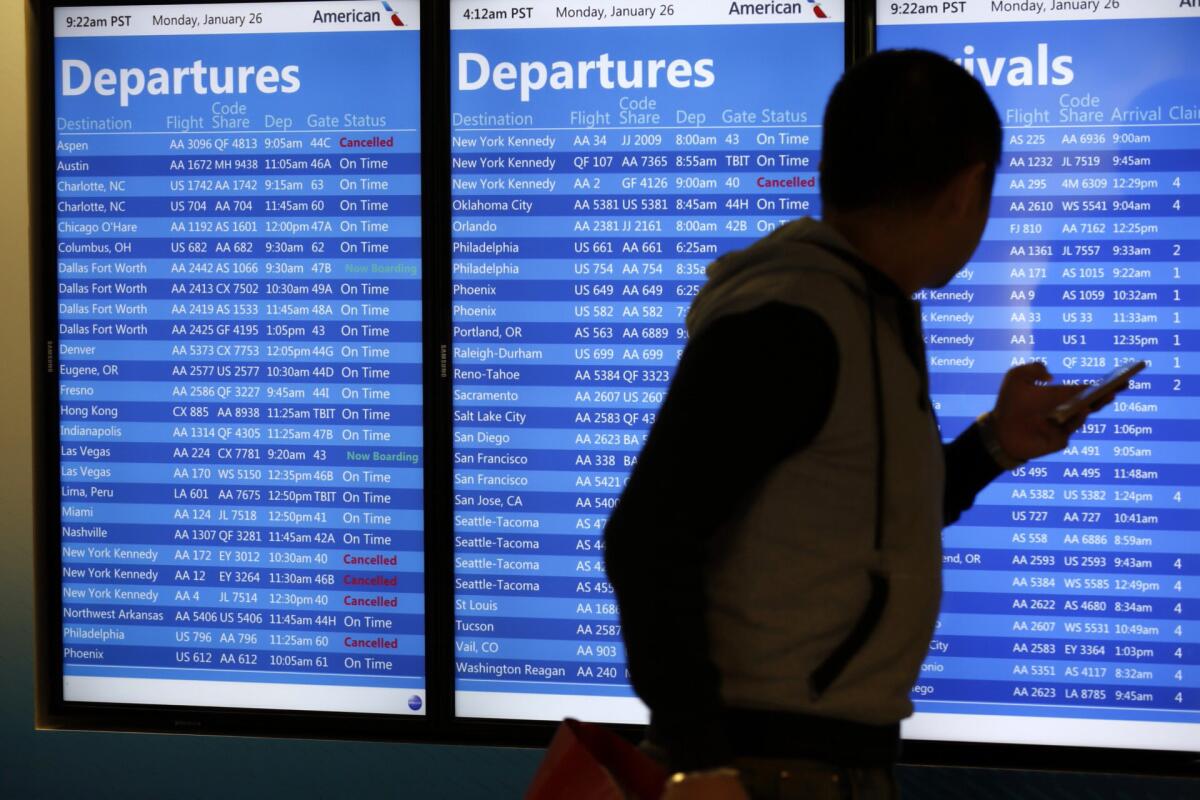What is a good internet speed? Why it matters to travelers

Wireless devices are an important part of travel for many people, accounting for our need for Internet speed at the airport.
When we talk about Internet speed, we're generally talking about download speeds; most people want and expect fast downloads. That's how we stream content and download movies. For travelers on the run, that's especially important.
Occasionally, we want fast upload speeds too. But not often. To conserve bandwidth, many airports build what are called "asymmetrical" networks. LAX, by the way, is not among them.
Atlanta, for example, has minimum download speeds of 5 mbps and upload speeds of 1 mbps. Essentially this allows Atlanta to do more with less bandwidth. The airport is cutting a corner, though not a big one.
How does LAX's new free Wi-Fi stack up against other airports?
The following stats, provided by Marc Patterson of Boingo, the provider of the LAX Internet system, reflect download speeds and explain what it is required for various tasks.
2-4 mbps: Enough for casual Web surfing, including checking email. Can be enough to stream a standard-definition video, but airports with speeds this slow usually don't recommend passengers stream video or download content.
4-6 mbps: Will provide a good Web surfing experience. Often fast enough to stream a 720p high-definition video, and it's possible to download some videos within about 20 minutes at this speed. But 4 mbps can still be sluggish.
6-10 mbps: Usually an excellent Web surfing experience. Generally quick enough to stream a 1080p (high-def) video.
10-20 mbps: More appropriate for a "super user" who wants a reliable experience to stream content and/or make fast downloads.
20+ mbps: Appropriate for what Patterson calls the "pro-sumer," people who want to run a lot of applications at once, usually for business reasons. Users at these speeds can "blitz the network," Patterson said.
Sign up for The Wild
We’ll help you find the best places to hike, bike and run, as well as the perfect silent spots for meditation and yoga.
You may occasionally receive promotional content from the Los Angeles Times.



